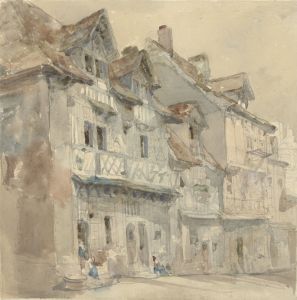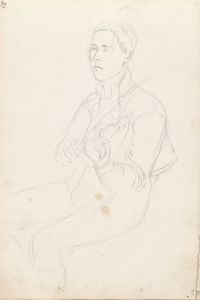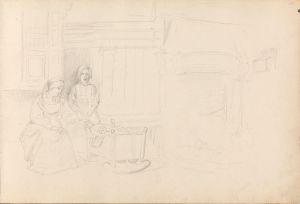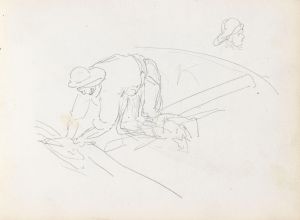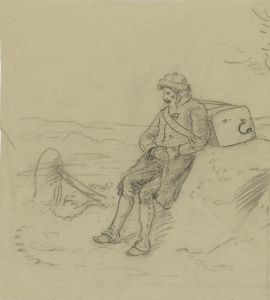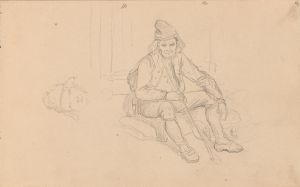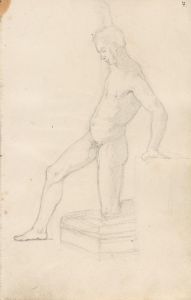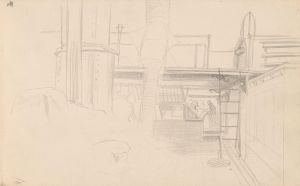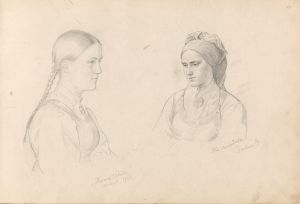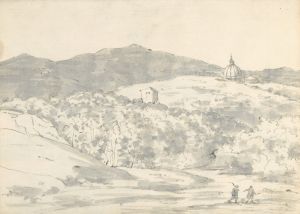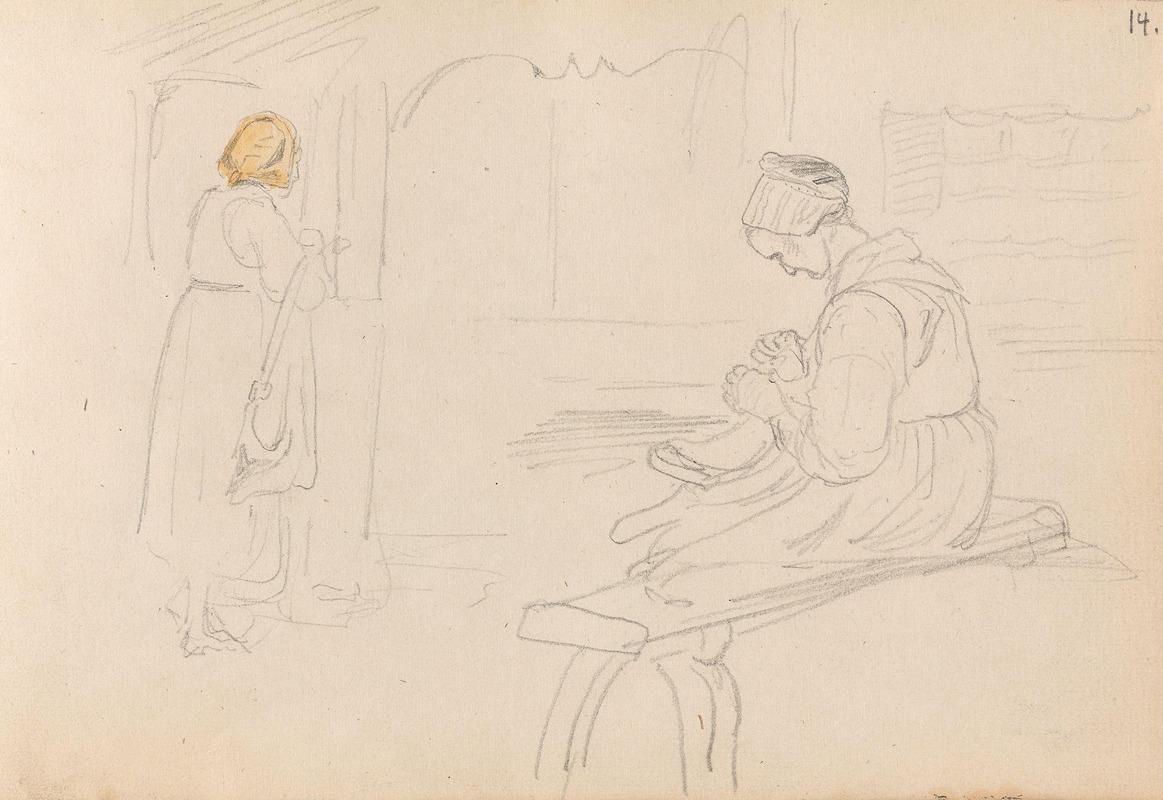
Kvinnefigur ved bygning; kvinne med håndarbeid
A hand-painted replica of Adolph Tidemand’s masterpiece Kvinnefigur ved bygning; kvinne med håndarbeid, meticulously crafted by professional artists to capture the true essence of the original. Each piece is created with museum-quality canvas and rare mineral pigments, carefully painted by experienced artists with delicate brushstrokes and rich, layered colors to perfectly recreate the texture of the original artwork. Unlike machine-printed reproductions, this hand-painted version brings the painting to life, infused with the artist’s emotions and skill in every stroke. Whether for personal collection or home decoration, it instantly elevates the artistic atmosphere of any space.
Adolph Tidemand (1814–1876) was a prominent Norwegian painter known for his detailed and evocative depictions of Norwegian folk life and traditions. One of his notable works is "Kvinnefigur ved bygning; kvinne med håndarbeid," which translates to "Woman Figure by Building; Woman with Handicraft." This painting is a fine example of Tidemand's dedication to capturing the essence of rural Norwegian life in the 19th century.
The painting features a woman engaged in handicraft, a common activity among Norwegian women during this period. The setting includes a building, likely a traditional Norwegian wooden house, which serves as a backdrop to the scene. The woman's attire and the architectural details of the building provide insight into the cultural and historical context of the time. Tidemand's attention to detail in the woman's clothing and the surrounding environment reflects his commitment to realism and his interest in preserving Norwegian cultural heritage through his art.
Adolph Tidemand was born in Mandal, Norway, and received his initial art education at the Art Academy in Copenhagen. He later continued his studies in Düsseldorf, Germany, which was a significant center for art and culture during the 19th century. Tidemand became associated with the Düsseldorf School of painting, known for its detailed and realistic style. His works often focused on Norwegian peasant life, folklore, and national identity, themes that resonated deeply with the Norwegian public and contributed to the national romantic movement in Norway.
"Kvinnefigur ved bygning; kvinne med håndarbeid" is characteristic of Tidemand's work in its portrayal of everyday life and its emphasis on the dignity and industriousness of the Norwegian people. The painting not only serves as a visual record of a specific moment in time but also as a celebration of Norwegian cultural identity. Tidemand's ability to capture the subtleties of human expression and the intricacies of traditional Norwegian architecture and clothing has made his work an invaluable resource for understanding 19th-century Norwegian society.
Throughout his career, Tidemand received numerous accolades and commissions, both in Norway and abroad. His works were exhibited widely and were well-received by critics and the public alike. Tidemand's paintings, including "Kvinnefigur ved bygning; kvinne med håndarbeid," played a crucial role in shaping the visual representation of Norwegian national identity during a time when the country was seeking to assert its cultural independence.
Today, Adolph Tidemand's paintings are held in high regard and can be found in various museums and collections, including the National Gallery in Oslo. His contributions to Norwegian art and his dedication to depicting the country's rural life and traditions have left a lasting legacy, making him one of Norway's most celebrated artists. "Kvinnefigur ved bygning; kvinne med håndarbeid" remains a testament to Tidemand's skill as a painter and his deep connection to Norwegian culture and history.





